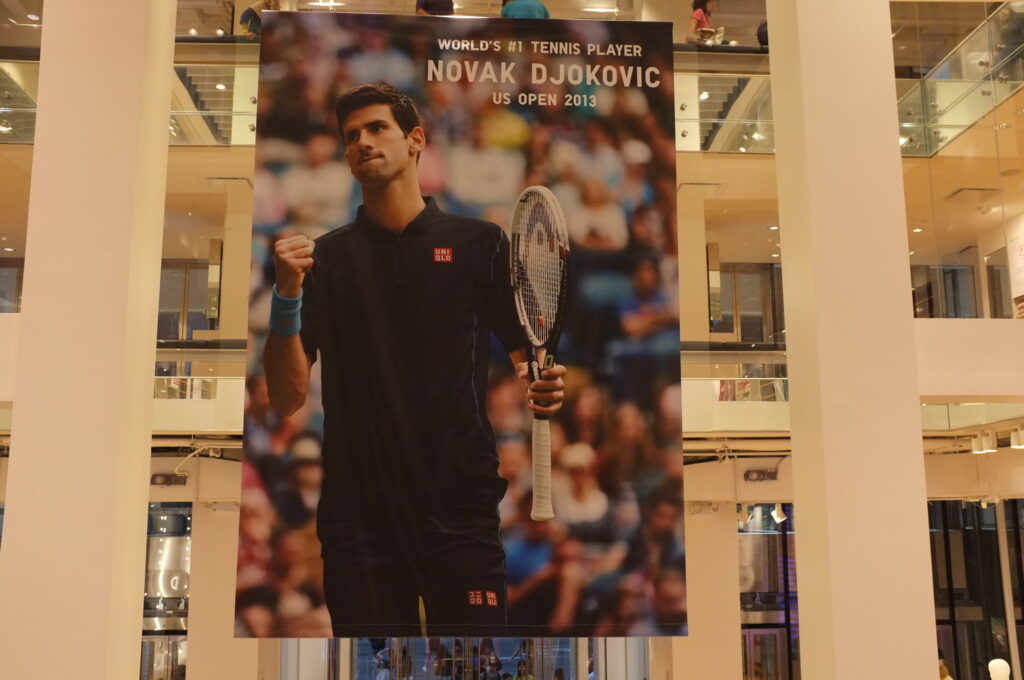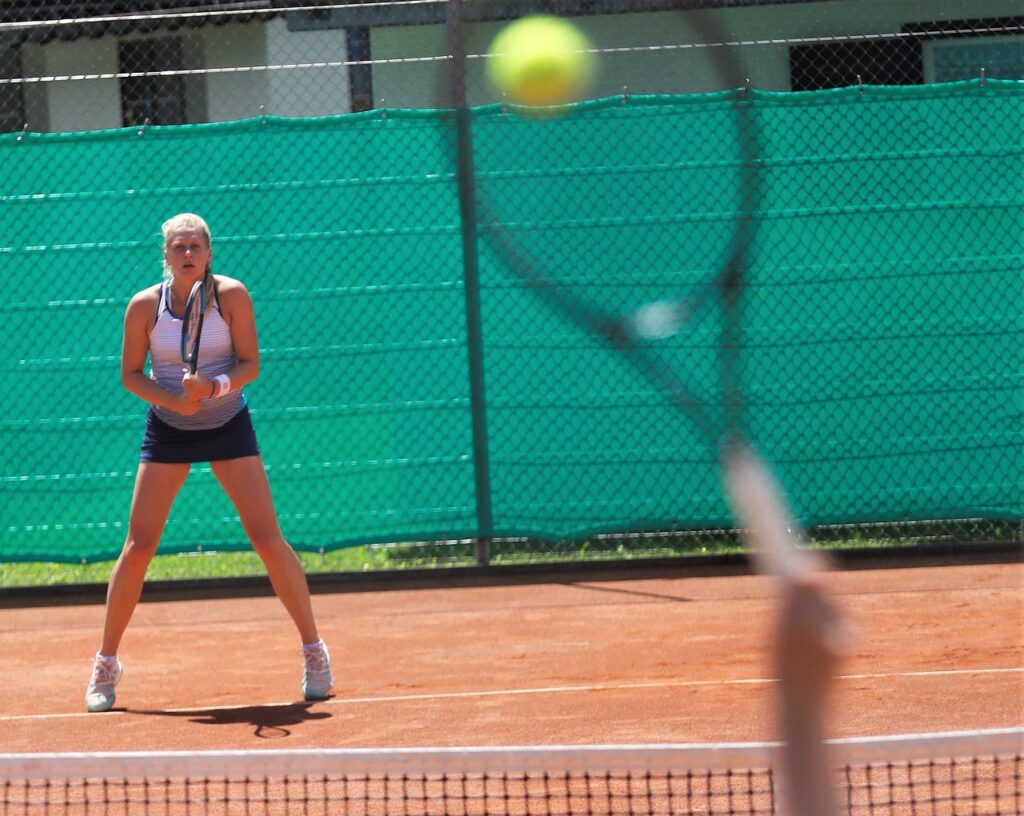Tennis Industry Digest #3: Alcaraz wins Rome, but Sinner sets the tone for Paris

Key developments and trends shaping the tennis industry — May 12–18.
Carlos Alcaraz lifted the trophy in Rome, beating Jannik Sinner 7–6 (7–5), 6–1 in the final. But despite the scoreline, this tournament was as much about the Italian as it was about the champion.
Just weeks after returning to the tour, Sinner powered through the draw like a machine. Even in moments of pressure — like in the semi-final against Tommy Paul — he stayed composed and problem-solved like a future No. 1. But the real headline came earlier, in the quarterfinals, when he dismantled clay-court specialist Casper Ruud 6–0, 6–1. Ruud is a two-time Roland Garros finalist and just won the Madrid Masters. This was on clay — and Sinner still made it look easy.
At this point, it’s hard to imagine who can stop him. Fritz? Draper? Djokovic, maybe — but only if he’s in peak form. Certainly not Zverev, who’s busy blaming the balls while playing with the same ones as everyone else.
That said, Alcaraz reminded everyone that he’s still the most complete player on the tour — and the only one who can truly challenge Sinner over five sets. A potential final between the two in Paris? It could be a classic.
Paolini’s triumph adds new twist to the WTA race
In the women’s draw, few expected Jasmine Paolini to come out on top — and that’s exactly why we love the WTA right now. There’s still room for upsets, chaos, and genuine emotion.

The semi-final between Coco Gauff and Qinwen Zheng was messy, dramatic, and wildly entertaining — 156 unforced errors between them. Isn’t that sweaty, dirty, real tennis? But Gauff, emotionally drained, couldn’t summon the same energy in the final and fell 6–4, 6–2 to Paolini, who delivered a dream win for the home crowd. The last time an Italian woman won in Rome was back in 1985.
It’s a tough loss for Gauff — her second straight final defeat — and her serve remains a serious liability. In women’s tennis, it doesn’t have to be your biggest weapon, but when the double faults start trending on social media, it’s a problem.
As for Paolini, her win bumped her past Iga Swiatek in the WTA Race, pushing the Pole down to the No. 5 seed at Roland Garros. That means we could see top players facing off far earlier than expected. And unless Gauff finds her best form soon, we might be heading for another all-too-familiar ending — Aryna Sabalenka lifting the trophy once again.
Jannik Sinner didn’t win in Rome, but he conquered Italian TV
The Italian star didn’t lift the trophy on his return, but in one key metric he delivered a record-breaking result. His semifinal at the Rome Masters drew 950,000 average viewers on Sky Sport — the highest tennis rating of the season in Italy. The match also reached 1.7 million unique contacts and a 5.4% TV share — impressive numbers, especially for pay TV.
The final, where Sinner fell short, has yet to be reported, but one thing is already clear: tennis has become a prime-time product in Italy — especially when a national hero is on court.
Sky’s multi-year deal for ATP and WTA rights, signed in 2024 and backed by the launch of Sky Sport Tennis, is proving to be a well-timed bet. When you have a local star, a high-stakes tournament, and the right broadcast window, tennis can cut through the noise — even in football-obsessed Italy.
Rome turns record profits into school courts and club loans
The 2025 edition of the Rome Masters broke records: 393,051 tickets sold, €35.3 million in total revenue. But the most telling number isn’t on the scoreboard or in the stands — it’s in how that money will be used.
According to the Italian Tennis and Padel Federation, the operating surplus is already allocated across three areas: youth programs, infrastructure, and clubs. Roughly €20 million will go to Racchette in Classe — a national initiative bringing tennis and padel into schools. Another portion will fund zero-interest loans for clubs looking to build new courts or cover existing ones. And for the first time, all federal membership fees for clubs are being eliminated — freeing up cash for reinvestment at the ground level.
It’s a non-obvious way to use tournament success — not for surface upgrades or short-term wins, but to fund something deeper. Taking from the top to support the base doesn’t always work — in sport or anywhere else — but this case clearly deserves attention.

Padel is growing faster than Britain can build courts
In 2019, just 15,000 people in the UK had tried padel. By the end of 2024, that number had grown to 400,000, according to new LTA data. That’s explosive growth in just five years — and 8 million more Brits say they want to try it, with many expected to step onto a court.
But infrastructure may soon become the key constraint. There are only 893 courts across 300 locations in the UK — roughly one court for every 450 players. And that’s assuming each person plays only once a year. In reality, the number of regular players is also rising fast, making court availability a bottleneck waiting to happen.
Padel’s appeal lies in its simplicity: short matches, a low entry barrier, and a social format ideal for casual play. But that breaks down quickly when courts are fully booked and players can’t find a slot. You can scale marketing with a hashtag — but not courts.
The LTA has invested £6 million in new venues, and that’s a strong start. But the sport’s growth is outpacing supply — and if booking friction keeps increasing, padel risks becoming what it was meant to avoid: inaccessible.
Plenty of people want to play. The question is how many will find a court. In Britain, that depends on land, planning, and concrete.
Cover photo: FITP
Every week, we pick the stories that matter — and tell them like they deserve to be told. If it resonated — send it to a colleague who sees the bigger picture too.




